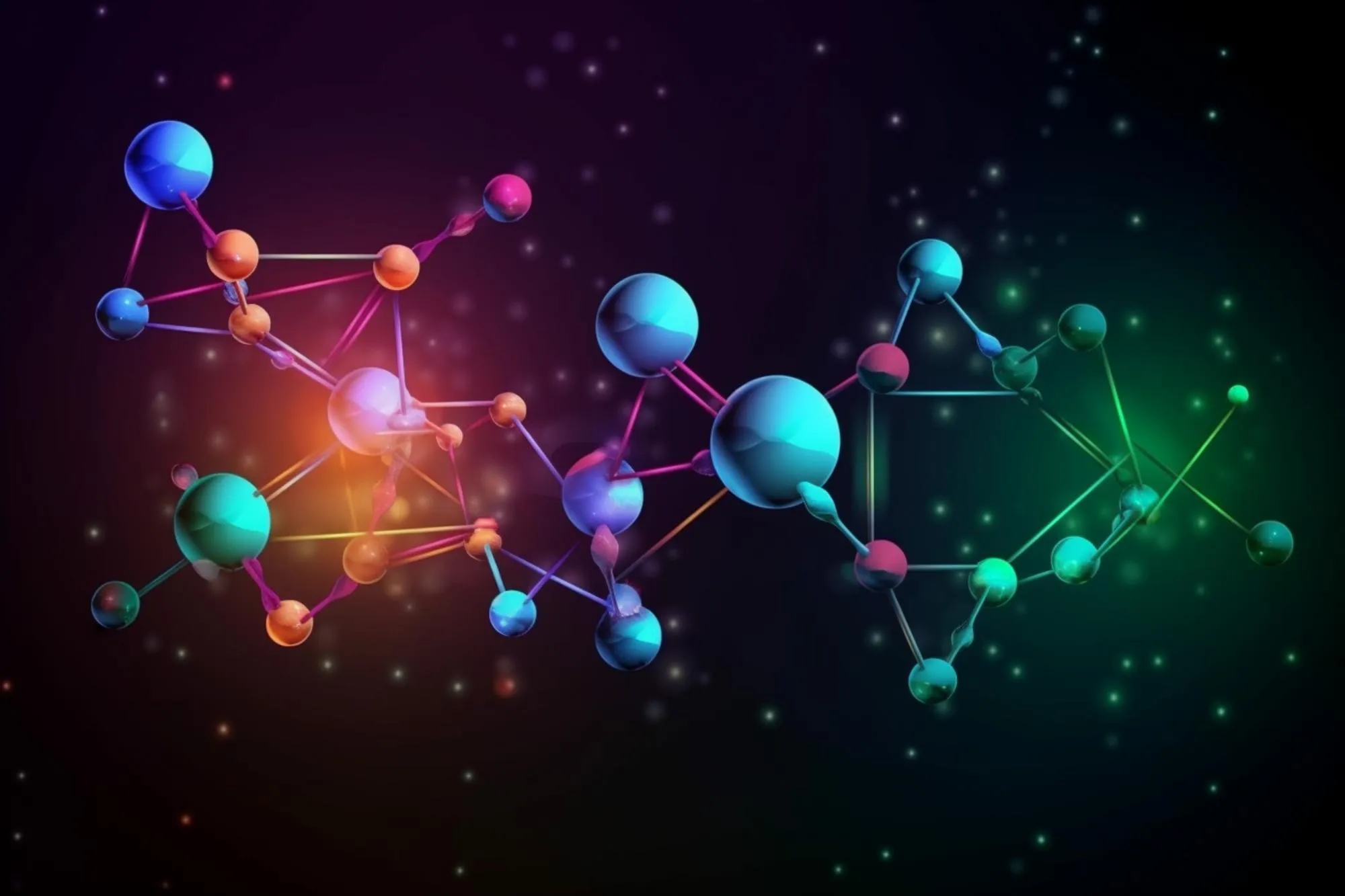Researchers at the National Institutes of Health have made a groundbreaking discovery with the yellow fluorescent protein, Venus A206, challenging long-held assumptions in the study of biomolecular interactions and dynamics within living cells. This discovery could have massive implications in the field of cell biology and beyond, potentially leading to more nuanced insights into protein behavior in physiological environments.
DOI: 10.1016/j.bpj.2019.04.014
Beaking Assumptions in Cellular Imaging
Fluorescent proteins (FPs) have long been the cornerstone tool in cell biology for genetically tagging specific proteins, allowing researchers to observe their interactions and movement within a living cell. Until recently, it was believed that these tags operated predominantly by a phenomenon known as Förster’s resonance energy transfer (FRET), a form of energy transfer between weakly coupled donors and acceptor fluorophores.
However, the team led by researchers such as Kim Youngchan, Puhl Henry L, and Vogel Steven from the National Institute on Alcohol Abuse and Alcoholism and the Chemistry and Biochemistry Department at the University of California Santa Cruz, has provided compelling evidence that under physiological temperatures, fluorescent proteins like Venus A206 might demonstrate a stronger coupling – akin to excitonic coupling, which is near instantaneous compared to FRET.
Expanding Our Understanding of FRET and Excitonic Coupling
The concept of FRET has been integral to the understanding of molecular interactions. Nevertheless, the recent study implies that under particular conditions, the Venus A206 fluorescent protein exhibits behaviors consistent with excitonic coupling, as evidenced by Davydov splitting – a spectral signature not traditionally associated with FRET.
These findings indicate that at physiological temperatures where rapid vibrational dephasing tends to promote the decoherence of excited states, fluorescent proteins might still retain coherency much longer than expected. This has prompted a reevaluation of the functional capabilities of FPs and could reshape the current methodologies in protein-protein interaction studies.
The Implications of Slower Dephasing Times
The research discovered that FP dephasing times are 50 times slower than previously observed with organic fluorophores. This suggests the tantalizing possibility that evolution has equipped fluorescent proteins with a robust mechanism to maintain coherence longer than anticipated, a trait that might enable the study of protein interactions at unprecedented detail.
Monitoring Spectral Changes: A Key to Distinguishing FRET from Excitonic Coupling
To differentiate between FRET and excitonic coupling, the study’s researchers monitored spectral changes associated with fluorophore dimerization. Using circular dichroism spectroscopy, they observed the distinct signature of Davydov splitting, which is indicative of strong excitonic coupling, in Venus A206. Not only does this challenge the current understanding of protein behavior but it also opens new avenues for biophysical analysis.
The Research’s Contribution to Cell Biology and Molecular Imaging
This innovative research may significantly alter the protocols and assumptions underlying molecular imaging. With potential applications spanning from basic research to drug development, the impact of this discovery is vast. Delving deeper into the complexity of intracellular processes will enable scientists to compile a more nuanced picture of cellular functions.
Next Steps and Future Research
The research community is now tasked with exploring the implications of these findings. This includes:
1. Reassessing the role of FRET and excitonic coupling in biomolecular studies.
2. Investigating the evolutionary advantages conferred by the stability and coherence of FPs.
3. Developing new imaging tools and techniques that exploit the unique properties of FPs like Venus A206.
4. Examining how these findings influence the interpretation of data from current fluorescence-based studies.
The current study has lifted the veil on a quantum aspect of biological systems, emphasizing the importance of reexamining established scientific beliefs. As research progresses, the cellular biophotonics field continues to push the boundaries of what was thought possible, shaping a future where quantum behaviors are integrated into the understanding of biological complexity at the cellular level.
By diving into the hidden quantum realm of living cells, scientists are poised to unlock a trove of biological secrets with the help of fluorescent proteins, forever changing the landscape of cellular imaging and molecular biology. With Venus A206 leading the charge, the scientific community steps into a new era of illumination, where every flicker of fluorescence could reveal the intricate dance of life’s fundamental forces.
References
1. Chenu A., Scholes G.D. Coherence in energy transfer and photosynthesis. Annu. Rev. Phys. Chem. 2015;66:69–96.
2. Nelson P.C. The role of quantum decoherence in FRET. Biophys. J. 2018;115:167–172.
3. Duan H.G., Prokhorenko V.I., Miller R.J.D. Nature does not rely on long-lived electronic quantum coherence for photosynthetic energy transfer. Proc. Natl. Acad. Sci. USA. 2017;114:8493–8498.
4. Wilkins D.M., Dattani N.S. Why quantum coherence is not important in the Fenna-Matthews-Olsen complex. J. Chem. Theory Comput. 2015;11:3411–3419.
5. Clegg R.M. The history of FRET: from conception through the labors of birth. In: Geddes C.D., Lakowicz J.R., editors. Reviews in Fluorescence. Springer; 2006. pp. 1–45.
Keywords
1. Fluorescent Proteins
2. FRET
3. Excitonic Coupling
4. Venus A206
5. Biophysical Journal
